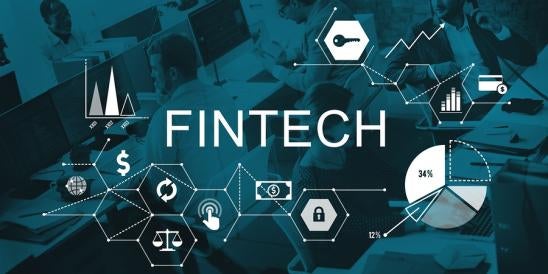New Developments
Real-time payments (RTP) has been the rave of recent payments industry news. With the Federal Reserve announcing that it is about to embark upon the creation of a ubiquitous real-time payments framework, the topic is top-of-mind to anyone following payments.
Large private-sector banks are showing some resistance to the idea of the Fed instituting an RTP platform, in some instances because those banks have created and are implementing (or have implemented) their own RTP networks, often citing that the Fed is stepping into an area that should be left to the private sector (and the profits that would go along with that). On the other hand, smaller banks, community banks, credit unions, and other market participants applaud the Fed’s involvement because they believe it will even the playing field and create the greatest opportunity for a system that can be accessed by the greatest number of users and providers.
Regardless of which side of the equation benefits most from the Fed’s entry into the space, it is clear that RTP is an idea whose time has come and has already been adopted by many participants in the payments ecosystem. With the Fed’s entry, adoption is likely to increase exponentially.
RTP benefits merchants because they will receive immediate payment for services and goods sold rather than having to wait three days (or longer) in some cases for settlement. It benefits both the customers and merchants through faster chargeback and reverse logistics processes. It allows everyone in the system to better account for cash flow on a real-time basis because they no longer have to wait for lag-time in the system. RTP even may reduce the burden of interchange on the system, enabling further adoption of alternative forms of payment. Customers are starting to expect real-time cash flow, and the market must respond. Countries such as Australia and the U.K. already have adopted a form of RTP for their treasury systems. We see card schemes like Mastercard adopting RTP strategies with its recent purchase of Nets, and Visa's recent investment in Fintechs like YellowPepper that offers Zelle- and Venmo-style payments.
Commercial and Contractual Implications
If we acknowledge that RTP is likely to be adopted as a standard for future payment transactions (although when and how is somewhat uncertain), lawyers must assess the impact of this paradigm shift on the relationships among the parties involved in providing and using the technologies that enable them. Although many commercial and contractual issues will arise as a result of this broad adoption, the following two come to mind. As the area develops further, we will provide updates on commercial and contractual RTP concerns.
The Question of Fraud and Allocation of Risk
It is difficult to determine whether instances of fraud will increase or decrease under a RTP framework. Certainly because of the near instantaneous nature of the transaction, fraudsters have less time to engage in any transaction. However, the time barrier that financial institutions and others have used to verify the validity of the transaction will disappear as well, allowing the transaction to “settle” before fraudulent activity can be detected. Under these circumstances, parties in the payments ecosystem must determine who will bear the risk of loss from fraud. We must assume that the major card schemes will set the risk allocation rules for transactions that are conducted using a card running on their rails. However, as consumers more rapidly adopt alternative forms of payment, risk allocation for fraudulent transactions will increasingly become a function of mutual agreement or contract. The Fed, on the other hand, may dictate risk allocation for fraud based upon its RTP ubiquitous system once that system is up and running. We acknowledge that RTP will not eliminate fraud and that fraudsters will use new and ingenious ways to take advantage of the system (including artificial intelligence and machine learning). While we cannot predict exactly what those risk allocation paradigms will be and how they may shift, we can anticipate that the issue will continue to be an important commercial consideration—one with which lawyers will continue to grapple.
Technology Infrastructure Build-Out
To adopt any of these RTP initiatives, market participants likely will need to invest in the infrastructure to make it possible regardless of the infrastructure they choose (for example, The Clearing House). If FedNow becomes a ubiquitous standard, virtually all market participants will have to make some degree of modification to their systems to accept and make real-time payments. While some of the technology requirements may occur through the introduction of application programming interfaces (APIs), some will require significant investments (particularly the financial institutions). All of this likely will create significant activity in the creation and proliferation of new technology solutions and adaptations. Along with such activity will come the typical issues involved in use, ownership, licensing, and funding of the technology. For example, will the Fed mandate use of its RTP infrastructure? And if so, who will be responsible for the development and associated costs of the technologies necessary to enable the platform? Will participants in the platform be required to share the technologies that make the running of the RTP in its environment available to others (somewhat of an open source concept), or can the entities keep those solutions proprietary and secret—thus potentially reducing the overall efficiency of the platform? These and many more questions will need to be answered as we enter into a system that may be dominated by a federal body.





 />i
/>i

